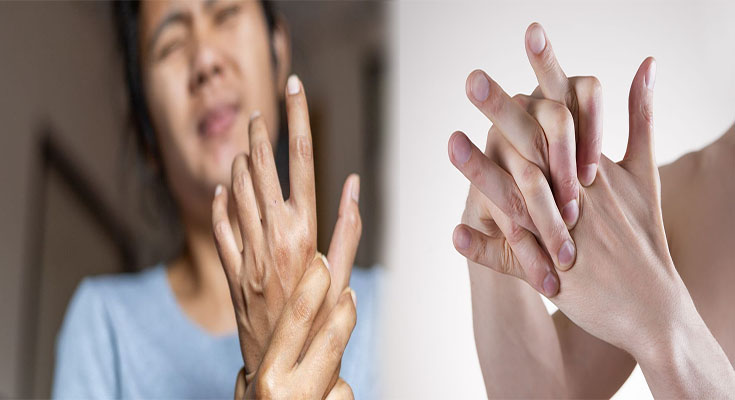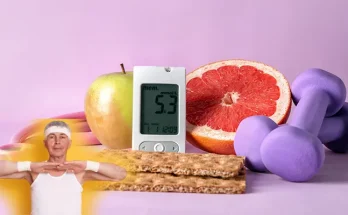Diabetics should exercise regularly, but they should also maintain a healthy diet and drink plenty of fluids.
Exercise on an empty stomach if possible.
- Exercise on an empty stomach if possible.
- Eat a small snack about 30 minutes before exercising to help you fuel your body, but don’t eat anything else until after you’ve finished working out.
- Wait at least two hours before eating again if possible, but no more than three hours–this gives your body time to digest food and absorb nutrients from it without interfering with your workout or causing discomfort during exercise.
Use the stairs instead of the elevator, escalator or other machines.
A simple way to exercise is by walking. Walking is one of the best exercises you can do for diabetes because it’s easy on your joints and muscles, and it doesn’t require any special equipment or training. If you live in a big city where there are lots of stairs, try using them instead of elevators or escalators when possible.
To get started, simply walk around your neighborhood for at least 30 minutes per day–even if it means taking a longer route than usual so that you add some hills into the mix! The more often and farther away from home (and work) that you go with each walk, the better results will be seen over time
Maintain a healthy diet.
There are many things you can do to maintain a healthy diet. First and foremost, you should eat a balanced diet by consuming a variety of foods. You should also eat small meals throughout the day instead of three large ones. This will help keep your blood sugar levels stable and prevent hypoglycemia (low blood sugar).
Another important tip is to fill up on foods rich in fiber and vitamins/minerals because they will give you more energy without adding extra calories or fat to your body. Avoid processed foods as much as possible; instead opt for whole grains like brown rice or oats which are low-glycemic alternatives that won’t spike your insulin levels like white bread would do!
Do not skip meals and snack between meals if necessary.
- Do not skip meals and snack between meals if necessary.
- Eat a healthy diet that includes lots of fresh fruits, vegetables, whole grains and lean proteins.
- Avoid sugary foods such as candy or desserts because they can cause blood sugar levels to rise quickly in your body.
Drink plenty of fluids while exercising.
- Drink before you exercise. Drink about 2 cups of water about 30 minutes before you begin your workout, or even earlier if you have time. This will help prevent dehydration during exercise and make it easier for your body to regulate its temperature during exercise.
- Drink regularly while exercising. You should drink 1/2 cup (4 ounces) of fluid every 15 minutes when exercising in hot weather or at high intensities for long periods of time (greater than 1 hour). If it’s very hot or humid outside, increase this amount by one-half to one cup per 15 minutes.
Warm up before exercising and cool down after exercising by walking at a slow pace for 5 to 10 minutes.
Warm up before exercising and cool down after exercising by walking at a slow pace for 5 to 10 minutes.
Warming up helps you prepare for physical activity by increasing blood flow to your muscles, which helps them work more efficiently. Cooling down after exercise allows your heart rate and breathing rates to return to normal more quickly, helping prevent lightheadedness or dizziness that could occur if they were not allowed to decrease gradually over time.
hand exercises for diabetes
Hand exercises for diabetes are a great way to improve your overall health and prevent complications.
First of all, hand exercises for diabetes can help you avoid injuries in the future. The constant use of your hands may cause them to become weak or even injured over time. By doing some simple exercises on a regular basis, such as stretching and strengthening, you can prevent these problems from occurring in the first place.
Secondly, hand exercises for diabetes may help lower blood sugar levels in people who have been diagnosed with diabetes mellitus (also known as Type 1). This is because these types of movements increase blood flow throughout the body–including into the hands–which helps speed up metabolism so that food goes through quicker than normal; therefore reducing how much sugar stays around long enough for it get absorbed into cells before being used up again later down somewhere else on its journey around our bodies’ systems!
In conclusion, hand exercises for diabetes are a great way to improve your health. They can be performed at any time and place and they don’t require any special equipment or tools. It is important to remember that these exercises should only be done under the supervision of a doctor if you have any symptoms of diabetes such as excessive thirst or urination.



